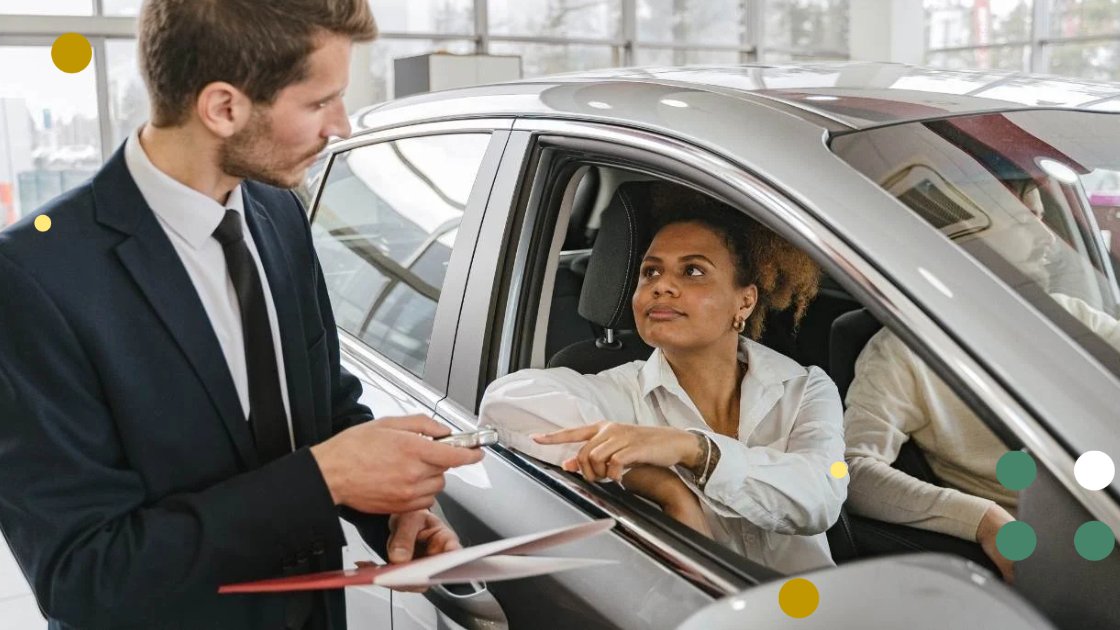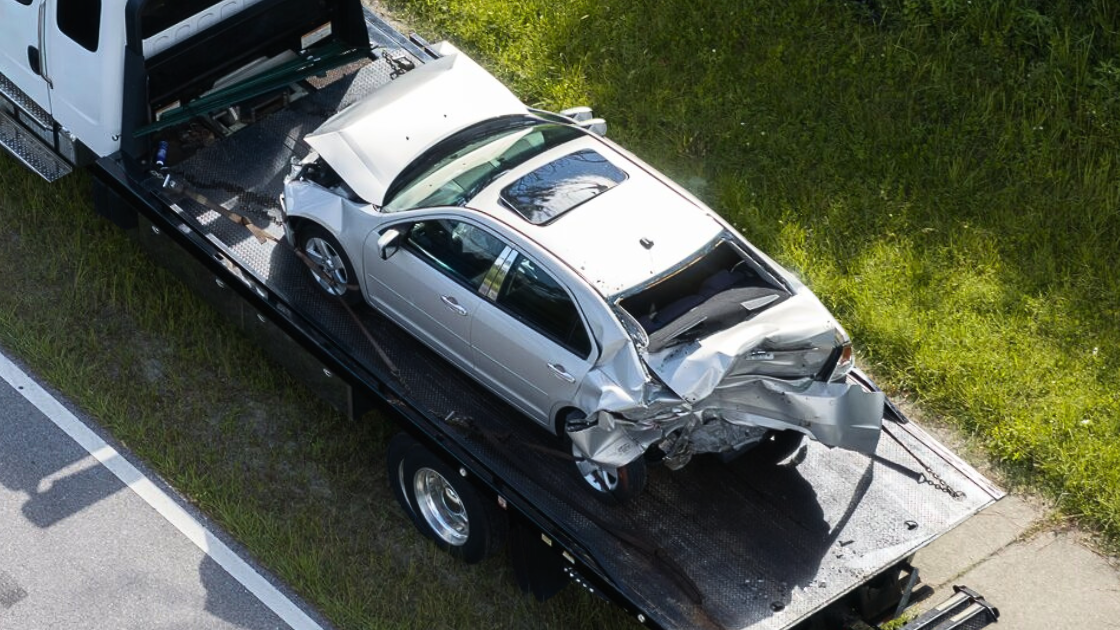
Welcome to another episode of the Car Dealership Guy Podcast.
On today’s episode, Mark Pomella, Vice President of Investment Sales at SAB Capital, sits down for an overview of the commercial real estate market and how dealers can leverage their property using sale-leasebacks.

1. The commercial real estate landscape.
The commercial real estate market is facing many of the same challenges impacting dealerships, with a clear difference between the pre and post-COVID eras. During the pandemic, sub-investment grade credit tenants, a designation for middle-market businesses (such as dealerships) that generate sizeable revenue, saw a surge in investments. This is because of strong capitalization rates, and the estimated return on investments into property, which rose throughout 2020 and 2021. But in early 2022, the Federal Reserve began increasing interest rates to combat inflation, causing the cost of capital to rise. As a result the volume of transactions in real estate, including dealerships, began to decline. However, over the last two years, this decline has reverted, with capitalization rates increasing up to 125 basis points depending on certain factors such as geography.
2. SAB Capital.
SAB Capital is a commercial real estate investment firm, primarily focused on sale-leaseback and net lease, with an entire department dedicated to 1031 exchange representation (swapping one investment property for another while deferring capital gains taxes). In 2023, the company closed over half a billion dollars in transactions, including dealerships and other auto-related businesses. Above all, the firm is focused on helping businesses grow profitability through the acquisition of real estate.
3. Defining sale-leaseback.
Sale-leaseback is an alternative financing solution that functions as a debt and equity substitute for businesses. Using this alternative, the owner sells their real estate but maintains operational control over it by leasing it back from an investor for a long period of time. Typically, these leases last 20 to 30 years. Sale-leasebacks can bring in a significant amount of capital, Mark explains, without certain complications such as personal recourse, covenants, or the need to take on a capital partner. This low risk is why the sale-leaseback market is booming.
4. Why are dealers selling real estate?
Today, many dealers are selling their real estate as a form of financing. Mark attributes this to the mergers and acquisitions (M&A) markets, which have also seen a surge in activity over the last two years. He notes that many dealers are looking to grow their businesses through M&A; to accomplish this goal they need access to more capital, something a sale-leaseback can provide.

OPENLANE - The world’s best online dealer marketplace for used cars, bringing you exclusive inventory, simple transactions, and better outcomes. New to OPENLANE? Sign up now and receive a $350 buy fee credit. Learn more at www.openlane.com.
Cars Commerce - The platform to simplify everything about buying and selling cars. Learn more at www.carscommerce.inc.
SAB Capital -SAB Capital is a brokerage powerhouse of experienced investment sales professionals providing advisory services that create an impact across a variety of sectors and asset classes consisting of Net Lease, Retail, Industrial, Affordable Housing, Leasing, 1031, Sale Leaseback, and Capital Markets. Learn more at www.sabcap.com.
5. Constructing sale-leaseback deals.
When structuring a sale-leaseback offering for a dealership’s real estate, the most important thing for all parties is for the business to be profitable. One metric that Mark looks at in these transactions is rent coverage, which estimates how times over the dealer can afford the cost of their lease with historical earnings. While a number of factors go into this measure, Mark typically targets transactions in excess of 2.5 times rent coverage and up to 5 times coverage.
6. How brand affects real estate.
Certain brands and locations are seeing more appreciation in real estate values than others. For example, Toyota storefronts are currently seeing higher valuations than Stellantis dealerships. However, the higher an acquisition’s blue sky multiple (the immaterial cost of buying a dealership not including the value of assets) the less effective a sale-leaseback deal is. In this sense, less sought-after brands have better returns on a lease-back arrangement, since monthly costs will be lower and the business will likely have a higher rent coverage.
7. Analyzing sale-leaseback deals.
When determining the value of a dealership sale-leaseback, Mark says he conducts both a quantitative and qualitative analysis. For example, he might examine the average market rent in the local area of the storefront or the typical capitalization rate on commercial properties. But the most important factor is the dealership’s historical and projected profitability, as this not only determines whether rent is affordable for the business in the short term and the long term.
8. Does selling real estate hurt long-term values?
Most buy-sell transactions include real estate, which typically comprises a significant portion of a dealership’s valuation. Selling the real estate in a sale-leaseback transaction offers immediate access to capital for reinvestment into the business, opening up opportunities to buy a new location or improve operations. “When you go and you’re selling the enterprise later on, assuming there’s improved performance there, the blue sky multiple on a greater figure is going to yield a greater proceeds figure,” Mark explains.
9. Top brands for sale-leaseback.
The franchises that Mark works with most commonly include Stellantis, Ford, and Chevrolet. “They’re able to buy them at cheap multiples,” he explains. Generally speaking, there is usually a trade-off between what the dealer can afford and the appraised value. However, Mark adds “Sometimes in the secondary and tertiary markets, where the appraised value is going to be less, if we’ve got a profitable dealership, that growth capital generated in the transaction may be greater.”
10. Down the road.
Mark believes that up to a 50-basis point interest rate reduction is on the horizon given the Federal Reserve’s recent moves and unemployment trends. If this happens, it would be tremendously beneficial for demand in the commercial real estate market, an effect that should extend to dealerships. However, he warns that it will take longer for a low interest rate environment to result in higher capitalization rates. Ultimately, Mark notes that there are many complexities to the sale-leaseback equation and encourages dealers to ask real estate professionals if they have questions on how this solution could help them leverage their real estate portfolio.
Become an automotive insider in just 5 minutes.
Get the weekly email that delivers transparent insights into the car market.
Join 74,000 others now, it's free:
Interested in advertising with Car Dealership Guy? Drop us a line here.
Want to be considered as a guest on the podcast? Add your name here.








